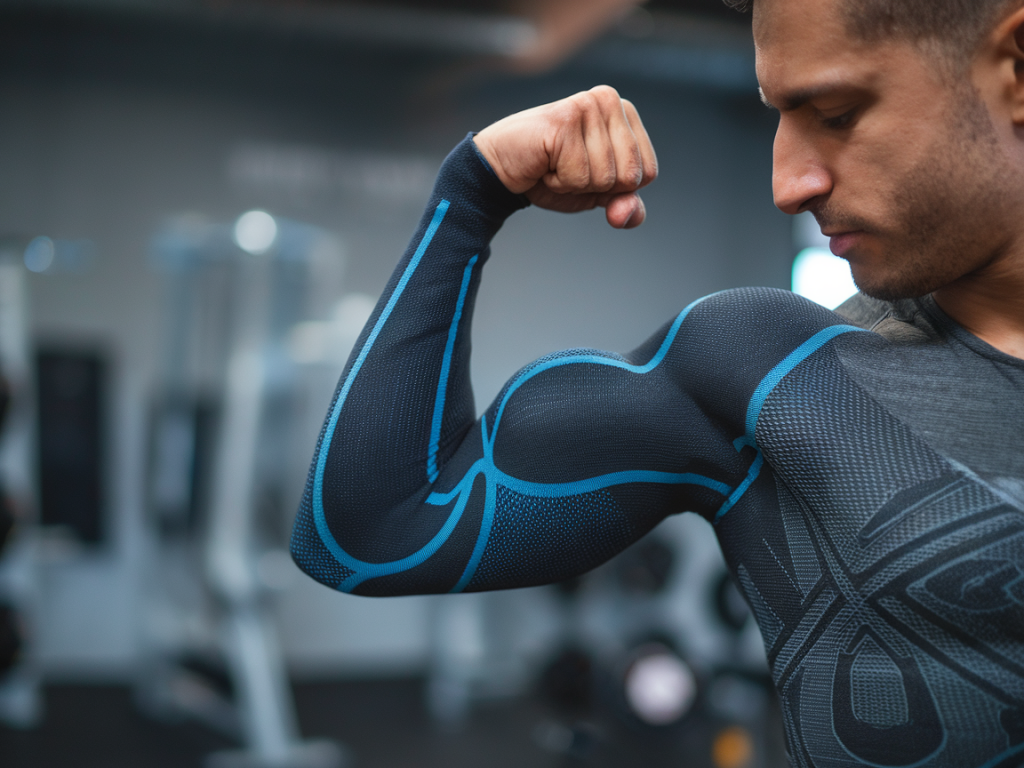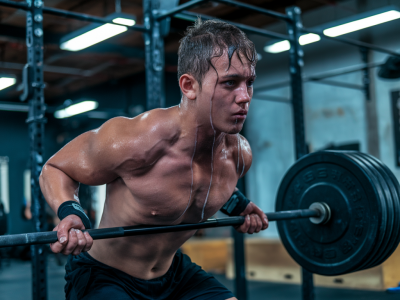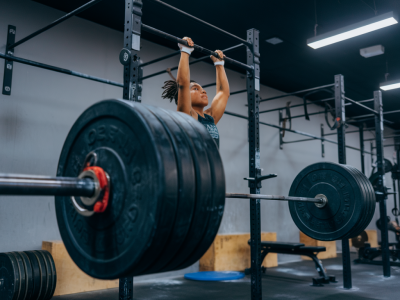
Compression wear has become a staple for athletes and fitness enthusiasts alike, particularly for those looking to enhance muscle recovery. But with so many products on the market, how do you choose the best one? In today's post, I’ll share everything you need to know about compression gear, its benefits, and practical tips to pick the right pieces for your needs. Trust me, once you find the perfect fit, you'll wonder how you ever trained without it!
What Exactly Is Compression Wear?
If you’re new to this, let’s start with the basics. Compression wear includes garments like leggings, shorts, sleeves, socks, and even shirts designed to apply gentle pressure to your muscles. They're commonly made from stretchy, moisture-wicking fabrics like nylon and spandex.
The idea behind compression wear is simple: the pressure increases blood circulation, reduces muscle vibrations, and speeds up oxygen delivery to muscles. This can help reduce soreness, minimize fatigue, and even improve your performance over time. Whether you're running marathons, hitting the gym, or recovering from an intense game, the right compression gear can be a game-changer.
Why Compression Wear Matters for Recovery
Let’s dive into why compression gear is effective for muscle recovery:
- Improved Circulation: Compression garments stimulate blood flow, which aids in flushing out lactic acid and other toxins that build up during exercise.
- Reduced Muscle Swelling: By applying pressure, these garments help reduce inflammation and swelling post-workout.
- Decreased Muscle Soreness: Studies have shown that wearing compression clothing post-exercise can significantly lower DOMS (Delayed Onset Muscle Soreness).
- Support and Stability: Compression wear minimizes muscle vibrations caused by repetitive movements, offering stability and less strain during recovery.
Personally, I can’t count the number of times a good pair of compression tights has saved me after a grueling leg day at the gym!
How to Choose the Right Compression Wear
Choosing the best compression wear isn’t just about grabbing the most expensive option or picking the first brand you see. Here are some key factors to consider:
1. Consider the Level of Compression
Compression garments come in various pressure levels, often categorized by mmHg (millimeters of mercury). Lower levels (15-20 mmHg) are perfect for everyday light recovery, while higher levels (20-30 mmHg or more) are ideal for intense recovery needs or medical purposes.
For example, 2XU and SKINS offer a range of compression garments with different pressure options, so you can choose what feels most comfortable and effective for your activity level.
2. Find the Right Fit
Fit is everything with compression wear. It should be snug enough to apply pressure but not so tight that it cuts off circulation or feels uncomfortable. Most brands provide size charts, so take the time to measure yourself properly—trust me, it's worth it!
I remember the first time I tried compression tights. I went a size down for a “better” fit, but it turned out to be a big mistake. My legs felt cramped rather than supported. Lesson learned—always follow the sizing guide!
3. Look for Quality Fabrics
Durability and comfort matter just as much as compression. High-quality fabrics like moisture-wicking nylon or polyester blends are your best bet as they keep you dry and comfortable. Some great brands to consider include Under Armour and CEP Sportswear, which are known for their durable and breathable fabrics.
4. Purpose and Design
Determine your primary need before buying. Are you looking for something to wear during your workouts, post-exercise, or for travel recovery? For example:
- For training: Opt for compression shorts or leggings, which provide targeted muscle support.
- For recovery: Go for items like compression socks or long sleeves designed to reduce inflammation post-workout.
- For injury prevention: Knee sleeves or calf guards work well to support specific joints or muscles.
Personally, I keep a few different types of compression wear for various activities. My go-to for recovery after long runs is a pair of compression socks—they always make a noticeable difference the next day!
Extra Features to Look For
While the basics are essential, here are some bonus features to keep an eye out for:
| Feature | Benefit |
|---|---|
| Anti-Odor Technology | Keeps your gear fresh, even after sweaty sessions. |
| UV Protection | Perfect for outdoor athletes who train in the sun. |
| Seamless Design | Reduces chafing for increased comfort during longer wear. |
Brands like Nike and Compressport incorporate these features into their products, offering a great value for your investment.
How to Maximize the Benefits
Getting the most out of your compression gear isn’t just about wearing it—it’s about how and when you wear it. Here are some tips:
- Wear your compression garments immediately after an intense workout to kickstart recovery.
- Consider sleeping in them, especially for long-haul travel or after events like marathons.
- Wash them after every use to maintain their elasticity and fit. (Pro tip: Avoid fabric softeners, as they can break down the material!)
At the end of the day, finding the best compression wear is about understanding your body and its needs. Whether you’re recovering from a high-intensity workout or looking for that extra edge in your fitness journey, compression gear can help you perform and recover like a pro.

